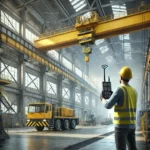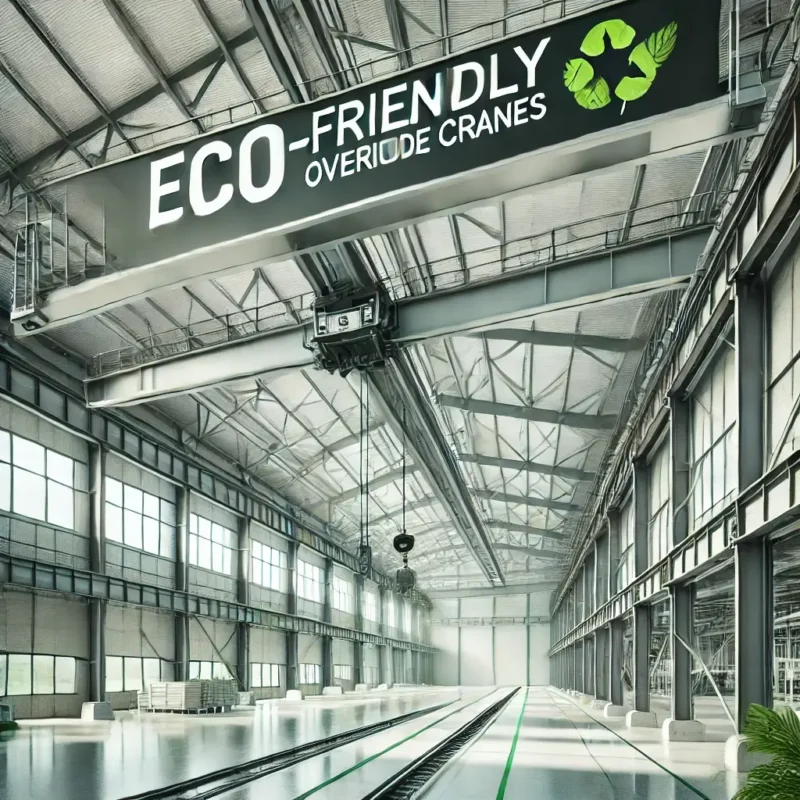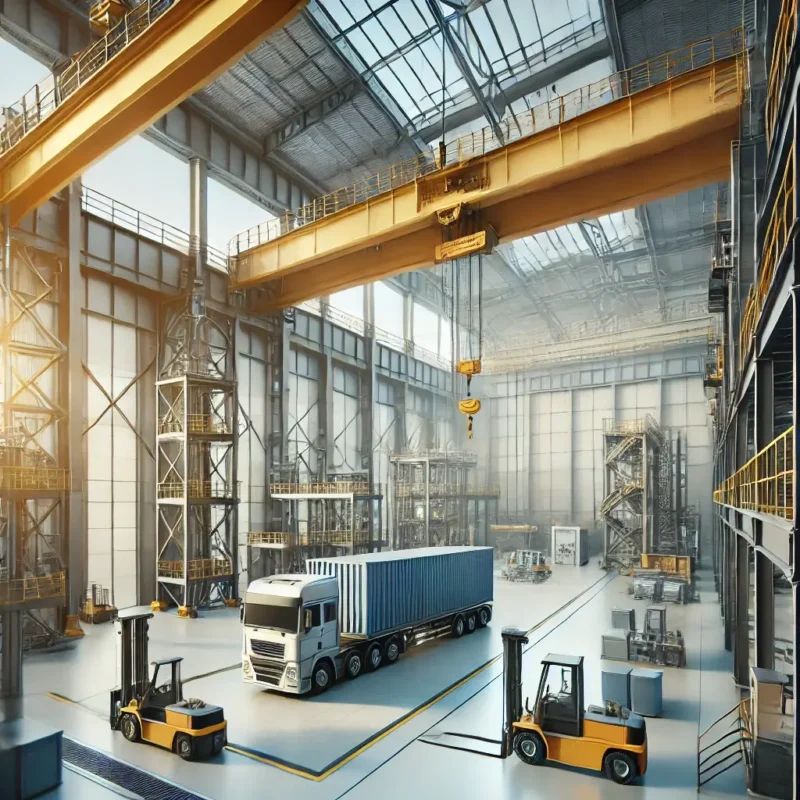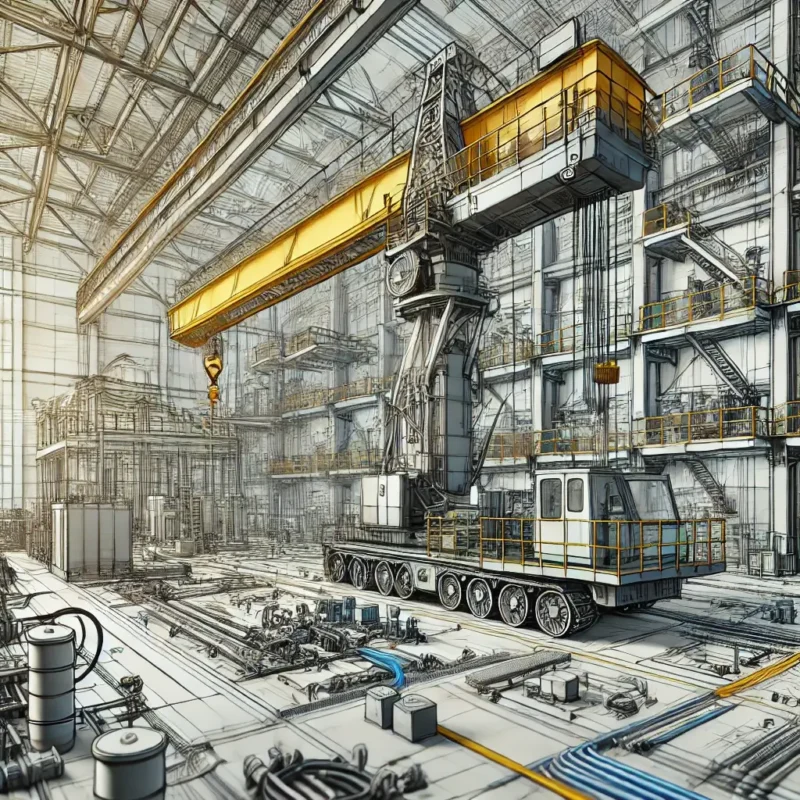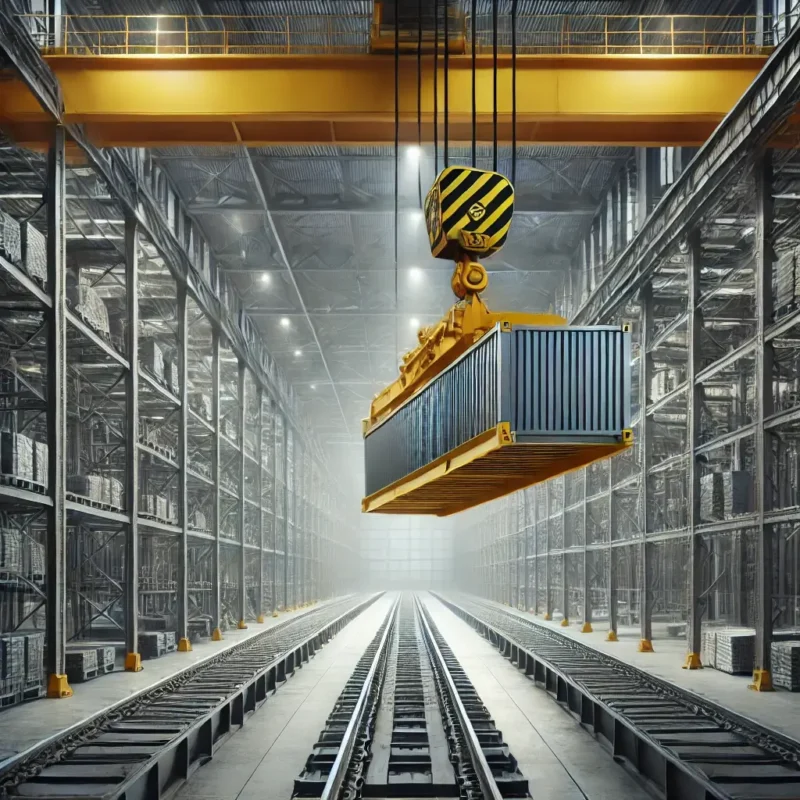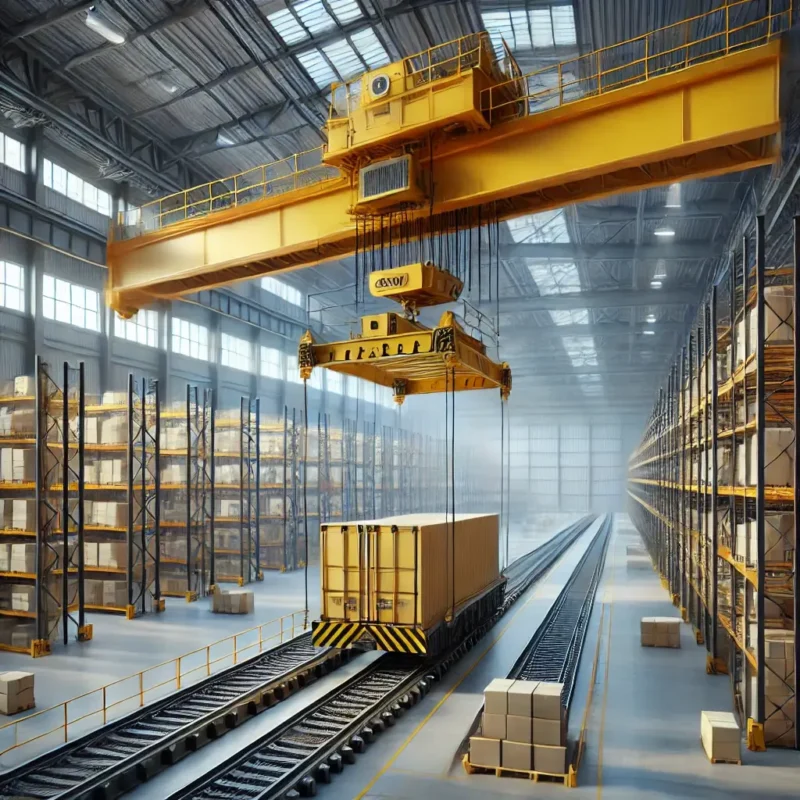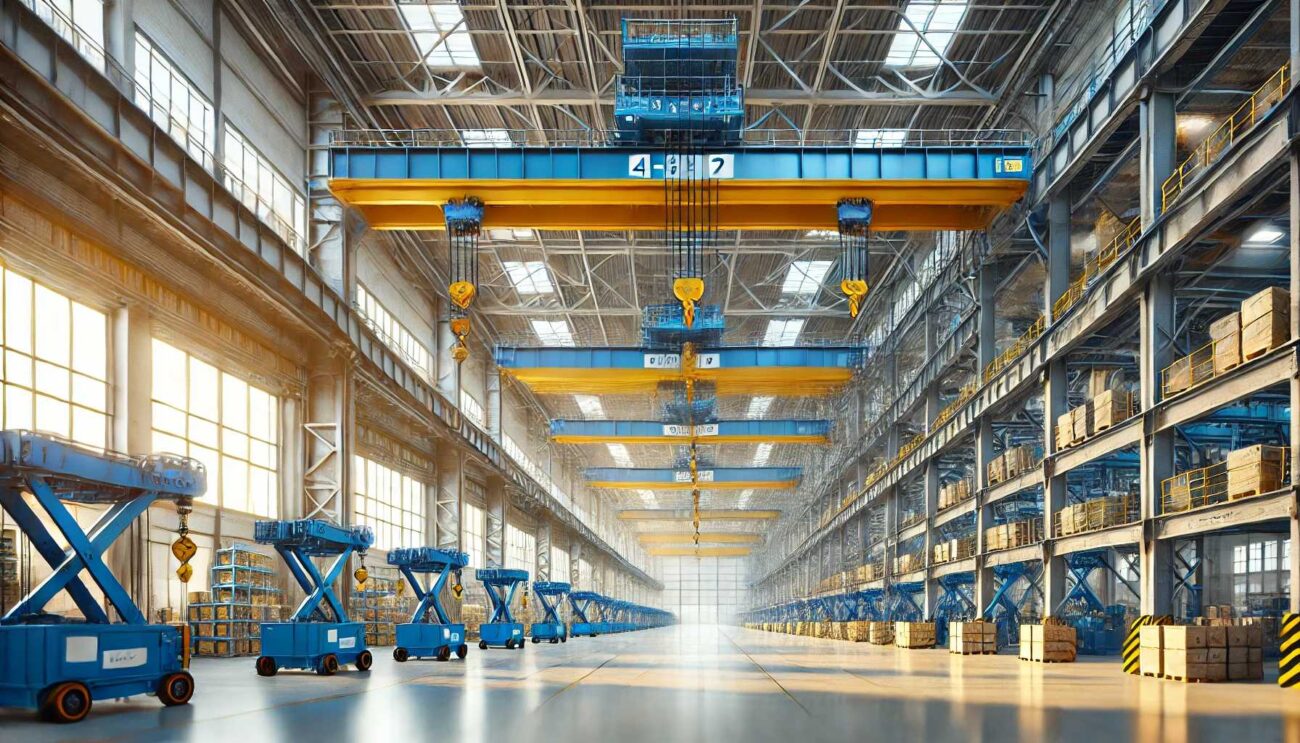Eco-Friendly Cranes
Introduction to Eco-Friendly Cranes
In today’s industrial landscape, eco-friendly cranes have emerged as a groundbreaking solution. These advanced machines not only meet the demands of heavy lifting but also address pressing environmental concerns. Moreover, they are designed to optimize energy consumption, reduce emissions, and utilize recyclable materials, making them a key innovation for sustainable industrial practices. As industries continue to evolve, integrating eco-friendly technologies has become more than a choice—it is a necessity.
Environmental Challenges of Traditional Cranes
Traditional cranes have long been indispensable in industries such as construction, logistics, and manufacturing. However, their operation comes with significant environmental costs that cannot be ignored.
- High Energy Consumption: These cranes predominantly rely on fossil fuels, which lead to substantial carbon emissions. As a result, they contribute to global warming and the depletion of non-renewable resources.
- Non-Recyclable Materials: Traditional manufacturing processes often utilize materials that cannot be reintroduced into recycling systems. Consequently, this results in increased industrial waste.
- Noise and Heat Pollution: The mechanical operation of cranes generates excessive noise and heat, which can disturb nearby ecosystems and urban environments. In many cases, this creates long-term damage to biodiversity and local habitats.
Thus, addressing these challenges is crucial for industries aiming to reduce their environmental impact while maintaining efficiency.
Examples of Eco-Friendly Cranes
Advancements in technology have given rise to several types of eco-friendly cranes. These innovations not only enhance performance but also significantly reduce environmental footprints.
Hybrid Cranes:
Hybrid cranes combine the benefits of electric and fossil fuel energy, allowing for optimized fuel efficiency and lower emissions.- For instance, Konecranes has developed hybrid cranes that deliver exceptional performance with reduced environmental impact.
Electric Cranes:
Fully powered by electricity, these cranes eliminate the need for fossil fuels, thereby minimizing carbon emissions and air pollution.- For example, the E-RTG series by ZPMC is a leading model in the electric crane category.
Battery-Powered Cranes:
These cranes utilize advanced rechargeable batteries, offering a high level of energy efficiency and operational reliability.- A great example is the range of battery-powered cranes produced by Liebherr, which are known for their durability and performance.
In addition to these models, eco-friendly cranes often feature modular designs that facilitate recycling and reduce waste.
Strategies for Reducing Environmental Impact
While adopting eco-friendly cranes is a significant step forward, industries can further reduce their environmental impact by implementing additional strategies:
Transitioning to Renewable Energy Sources:
Utilizing renewable energy such as solar or wind to power cranes can drastically cut energy costs and emissions. For instance, integrating solar panels into crane systems is becoming increasingly popular in green industrial projects.Optimizing Design:
Reducing the overall weight and improving the aerodynamic efficiency of crane components can lead to significant energy savings.- Moreover, lightweight designs ensure easier transportation and assembly, further reducing carbon footprints.
Incorporating Recyclable Materials:
By using materials that can be recycled at the end of their lifecycle, manufacturers can reduce industrial waste. This not only contributes to environmental sustainability but also lowers production costs in the long run.Adopting Digital Technologies:
Advanced software solutions for crane operation can optimize energy usage and reduce human error. For example, integrating IoT and AI can provide real-time monitoring and predictive maintenance, ensuring optimal performance with minimal energy waste.
Conclusion: A Sustainable Future for Industry and the Environment
In conclusion, eco-friendly cranes are not just a trend but a transformative force in modern industry. By leveraging technologies such as hybrid engines, electric power, and rechargeable batteries, these machines reduce energy consumption and emissions, paving the way for a greener future. Furthermore, adopting strategies like renewable energy integration, optimized design, and recyclable materials amplifies their benefits.
Ultimately, investing in eco-friendly cranes and sustainable practices benefits not only the environment but also the long-term success and profitability of businesses. As industries worldwide prioritize sustainability, eco-friendly cranes are set to become the cornerstone of a responsible and innovative industrial era.
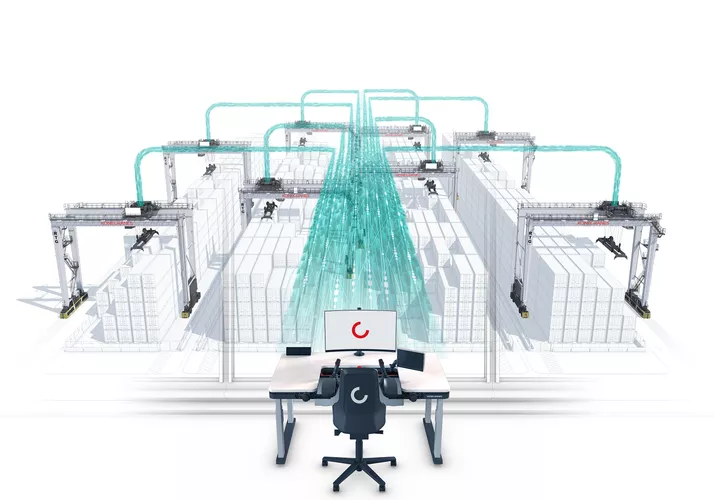



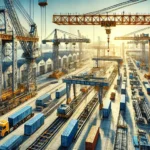 جرثقیل ها
جرثقیل ها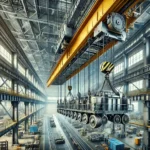 جرثقیل سقفی
جرثقیل سقفی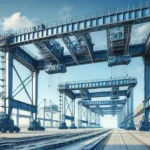 جرثقیلهای دروازهای
جرثقیلهای دروازهای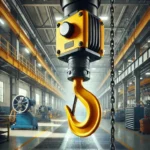 بالابر
بالابر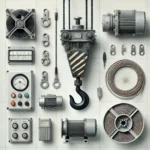 متعلقات جرثقیل
متعلقات جرثقیل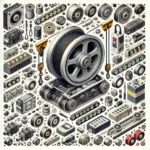 قطعات یدکی جرثقیل
قطعات یدکی جرثقیل ریموت کنترل SAGA
ریموت کنترل SAGA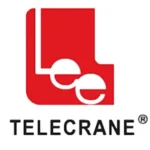 ریموت کنترل TELECRANE
ریموت کنترل TELECRANE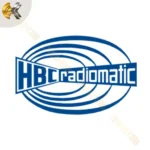 ریموت کنترل HBC
ریموت کنترل HBC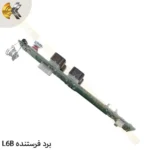 قطعات یدکی ریموت کنترل
قطعات یدکی ریموت کنترل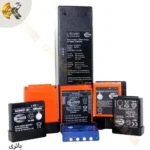 قطعات یدکی ریموت HBC
قطعات یدکی ریموت HBC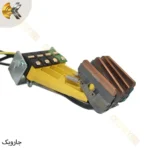
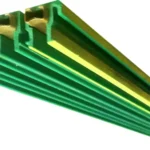 خطوط برقرسانی
خطوط برقرسانی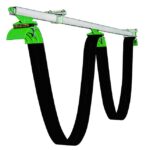 سی ریل و قرقره
سی ریل و قرقره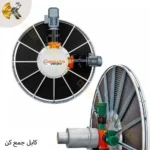 کابل جمعکن جرثقیل
کابل جمعکن جرثقیل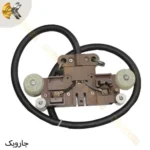 جاروبک
جاروبک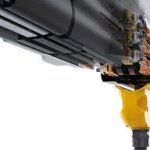 قطعات سیستم برق رسانی
قطعات سیستم برق رسانی